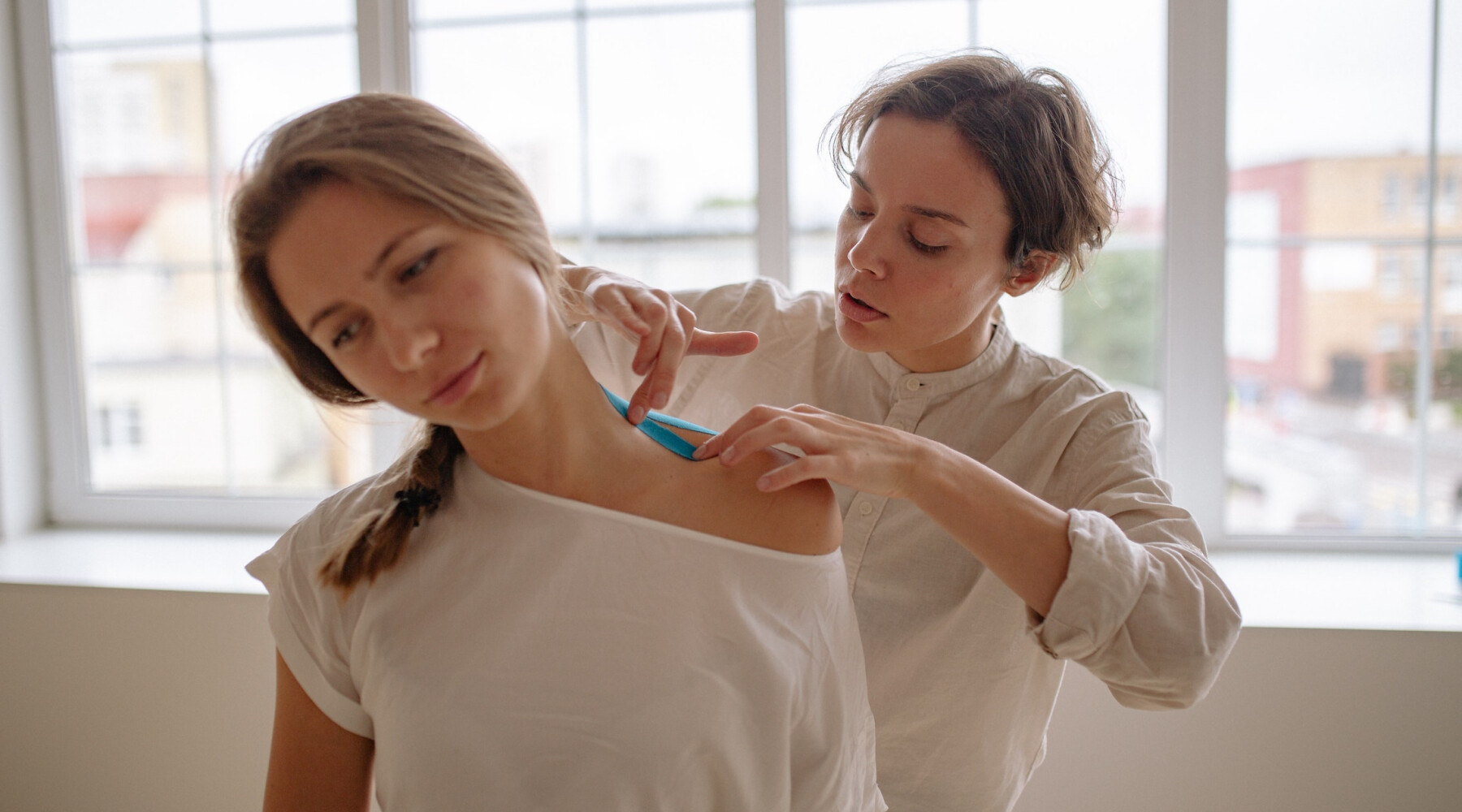How to Write Nursing Care Notes — With Examples
Rob Scott

Why Writing Good Nursing Care Notes Is Essential
Nursing care notes are legal records of the patient's medical care and details of the patient’s welfare and recovery.
Well-written nursing care notes are a vital tool for improving the quality of care. Nurses can review past visit notes for essential information about the patient’s condition and current treatment.
Nursing care notes also provide a record in case there are any incidents. It’s much easier for nurses to remember the details of what happened during their shift than when a complaint is made.
Plus, as long as the patient consents, care notes can be shared with family members and friends. In this way, well-written nurse visit notes help a patient’s loved ones feel involved and provide additional support.
How to Write Nurse Care Notes: A Cheat Sheet
Care notes can be written during the shift, as nurses notice important information, or at the very end of the shift. Although they do not need to be a complete record of the shift, they should include certain information:
Date and time
Patient’s name
Nurse’s name
Clinical assessment, e.g., vital signs, pain levels, test results
Details of any incidents
Changes in behavior, well-being, or emotional state
Changes in the care provided
Instructions for further care
ISBAR Nursing Notes
You can use the ISBAR mnemonic to help structure your nursing care notes.
ISBAR is an acronym that stands for Introduction, Situation, Background, Assessment, and Recommendation. It's a communication tool used in healthcare to improve the clarity and effectiveness of communication between healthcare professionals, particularly during handovers or urgent situations.
Introduction: State your name, role, and where you are calling from.
Situation: Briefly describe what is going on with the patient.
Background: Provide relevant background clinical information.
Assessment: Share what you think the problem is.
Recommendation: Suggest a solution or request advice.
This technique helps ensure all necessary information is communicated clearly and effectively, reducing the risk of miscommunication which could lead to medical errors.
SOAPIE Nursing Notes
Alternatively, some nursing professionals prefer the SOAPIE mnemonic. SOAPIE is an acronym used in the healthcare industry, particularly in nursing, as a format for documentation of patient care. It stands for:
Subjective: This is the patient's verbal description of their condition, symptoms, or other relevant information. It can include feelings, perceptions, and concerns.
Objective: Objective data includes measurable and observable information such as vital signs, lab results, and physical examination findings.
Assessment: This is the healthcare provider's interpretation of the subjective and objective data - essentially, what the provider believes is going on with the patient based on the collected information.
Plan: This outlines the steps that will be taken to address the patient's needs or issues identified in the assessment. It can include treatments, medication, therapies, patient education, or referrals.
Implementation: This records the actions that were taken based on the plan, like administering medications or performing a procedure.
Evaluation: The final step involves evaluating the effectiveness of the plan and its implementation. It documents the patient's response to treatment and whether the desired outcomes were achieved.
This structured method of documentation helps ensure consistency and clarity in patient records and aids in communication among healthcare providers.
Both ISBAR and SOAPIE can help you write effective nurse care notes. Just make sure that whatever structure you use, you’re including all the important details.
4 Tips on How to Write Effective Nurse Visit Notes
The key to good care notes is remembering that you’re not just recording information but also communicating it. Somebody will read your care notes and use them to make decisions about patient care.
As such, good care notes (or nurse visit notes) are easy to read. They are clear, precise, and objective. To help you achieve this, put these tips into action:
Use the Active Voice
The active voice specifies who does the action. The passive voice doesn’t. For example:
Active: I administered 15 ml of the medication.
Passive: 15 ml of the medication was administered.
A good test is that if you can add “by the patient” to the end of the sentence, it’s passive voice.
Passive voice is more formal but can be confusing and leave important details out. When recording actions taken, use the active voice instead.
2. Be Specific
To keep your nurse care notes precise, be as specific as possible. Quantify where you can, and use objective descriptions where you can’t. For example, “the patient described their pain as a 7 out of 10” is better than “the patient reported high pain levels.”
3. Include the Important Information — And Nothing Else
Nurse care notes strike a good balance between being detailed and concise. You want to include all the relevant information, so make sure to use our care notes checklist above.
However, you don’t want to include unnecessary information that will make the care notes harder to scan. As you write your care notes, think about why you’re including details. Are they part of a clinical analysis, incident, or change in conditions or care? If not, are they really necessary?
Make your sentences concise, too. Cutting wordy phrases will help the important information stand out to readers. For example, you could change “I asked the patient if they would let me take their temperature three times, but every time I did, they said they didn’t want me to do it” to “I tried to take the patient’s temperature three times, but the patient refused each time.”
4. Use Professional, Matter-of-Fact Language
Your nurse visit notes might be read by fellow nurses, the patient, and even the patient’s loved ones. To keep it appropriate for all readers, make sure your tone is professional, matter-of-fact, and easy for laypeople to understand.
Nurse Care Note Example
There’s nothing like reading an example to help you grasp a concept, so let’s take a look at a sample nurse’s visit note:
08.07.2022 — 10:30 am
Patient: Anne Example
The patient reported dizzy spells lasting up to 10 minutes once or twice a day over the last week. I took her blood pressure at 10:20 am, and it was 110/70. I took a blood sample to test her iron and sugar levels. I asked the patient to keep a food diary and record dizzy spells for the next week.
What makes this care note so effective? It uses quantifiable data and matter-of-fact language to describe the situation, assessment, and proposed actions. It’s concise and easy to read yet includes all the important details.
Nursing Care Notes Made Simple
Nurse visit notes are essential for improving patients’ welfare and helping your organization or healthcare center operate as smoothly as possible.
At ShiftCare, we believe the right systems can help you provide better care, leading to better patient outcomes. The ShiftCare caregiver app allows nurses and caregivers to view and add care notes on the go. Our speak-to-text feature makes recording accurate care visit notes easy, plus you can create customized visit note templates to ensure staff records all the essential information.
Discover how ShiftCare can help your team create better nursing care notes with a free trial.
 us
us


